The Social Security Administration recently resumed issuance of Employer Correction Requests, formerly known as social security “no-match” letters. These SSA Employer Correction Requests are likely another effort of the federal government to crack-down on unauthorized workers in the United States. The Employer Correction Requests alert employers of mismatches between submitted W-2 form information and SSA records. An employer’s failure to take action upon receipt of an Employer Correction Request could be used by other federal agencies, including U.S. Immigration and Customs Enforcement (“ICE”), to establish constructive knowledge of unauthorized employment under immigration rules.
This change in course by the SSA provides an excellent opportunity to remind our current clients that we offer a full range of employer-based immigration services, including auditing services geared toward correcting errors on Form I-9s and ensuring appropriate immigration compliance.
| Social Security Administration Resumes Issuance of “No-Match” Letters The Social Security Administration (“SSA”) recently resumed issuance of Employer Correction Requests (“Correction Requests”), formerly known as social security number “no-match” letters. These Correction Requests alert employers of mismatches between submitted W-2 form information and SSA records. Employers must take ACTION upon receipt of the Correction Requests. Failure to take action upon receipt of an SSA Correction Request could be used by other federal agencies, including U.S. Immigration and Customs Enforcement (“ICE”) to establish constructive knowledge of unauthorized employment under immigration rules.The SSA began issuing similar no-match letters in 1993, but then discontinued the issuance of the controversial letters in 2012. The SSA resumed the practice of sending out these Correction Requests to employers this Spring. The 2019 version of the “no-match” letter instructs employers to access a list of their affected employees by logging into SSA’s Business Services Online system. Upon receipt of a Correction Request, employers should access this information using the SSA’s online system. After accessing the list of affected employees, employers should check their records for typos or other discrepancies in the company’s records.The SSA has prepared some sample Employer Correction Request Notices that you can view by clicking here.Mismatches can happen for a variety of legitimate reasons including a misspelled name or SSN with a transposed number; a change in the worker’s name due to marriage or divorce; incomplete information on a W-4 or W-2; or use of compound names which are not perfectly aligned in the government databases. Mismatches can also be due to the use of false SSNs or SSNs assigned to other people (identify theft). Where there is no evidence of a correction needed after checking your records, the employer must take ACTION to notify the employee of the correspondence received from the SSA and instruct the employee to contact the Social Security Administration to correct the issue. Employers should consult with an attorney regarding the format of the communication, timeline for follow-up, and other protocol for ensuring a proper response to the SSA without violation of discrimination laws. Importantly, the Department of Justice has stated that the mere receipt of a No-Match letter does not stand alone give rise to constructive knowledge on the part of the employer that the employee is unauthorized to work. Employers should NOT take adverse action against an employee based on the Correction Request letter alone. In fact, the Correction Request warns against such action, stating: You should not use this information to take any adverse action against an employee, such as laying off, suspending, firing, or discriminating against that individual, just because his or her SSN or name does not match our records. Any of those actions could, in fact, violate State or Federal law and subject you to legal consequences. Additional Information |

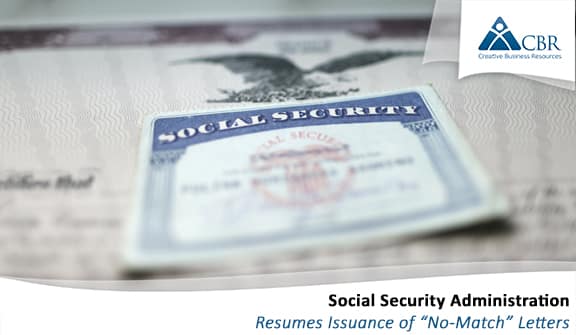






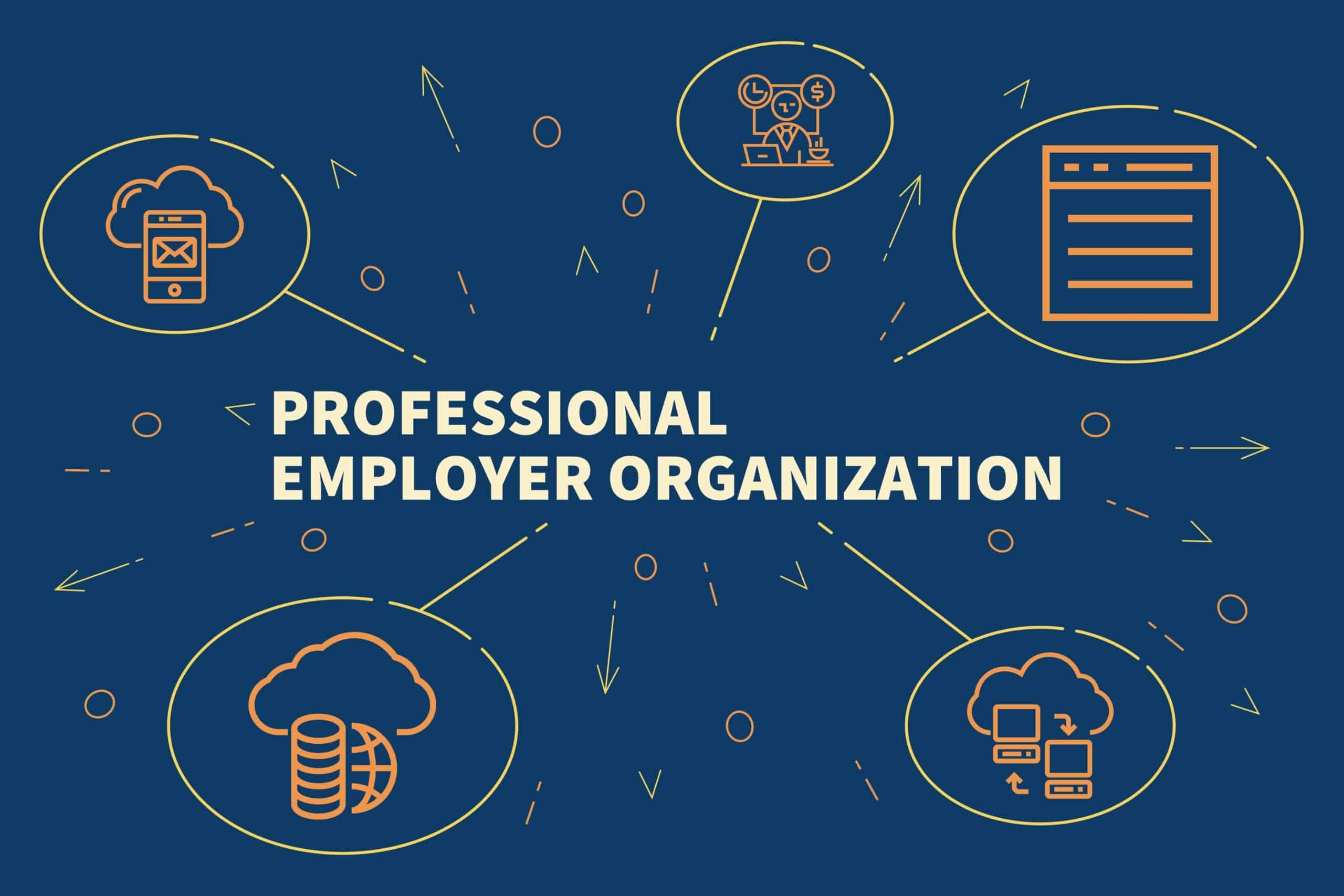











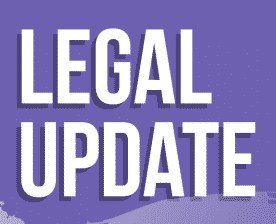

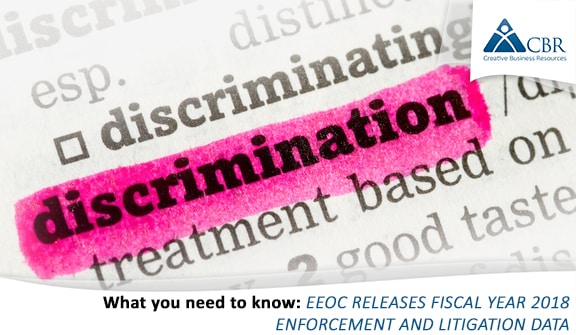

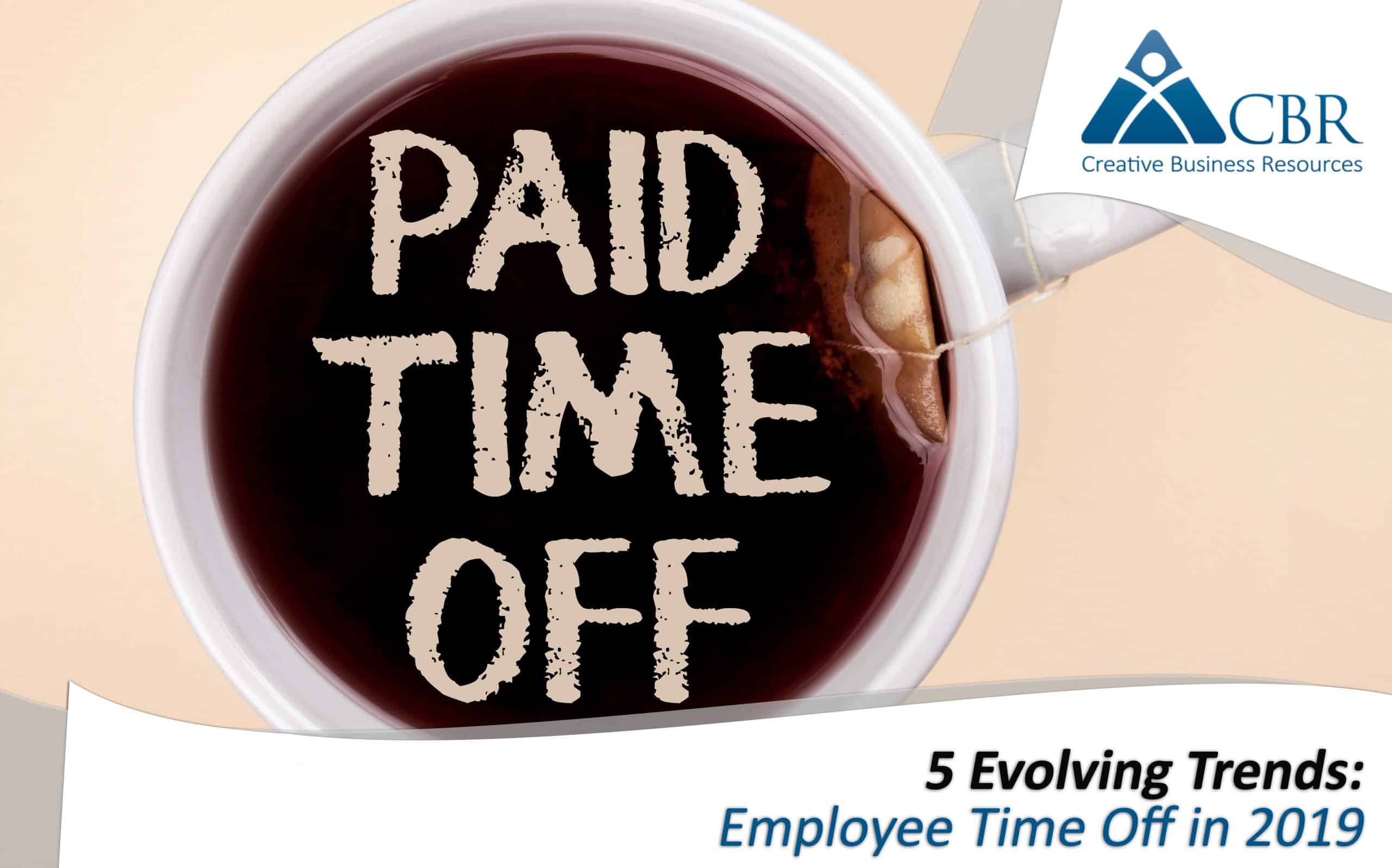







Leave A Comment
You must be logged in to post a comment.